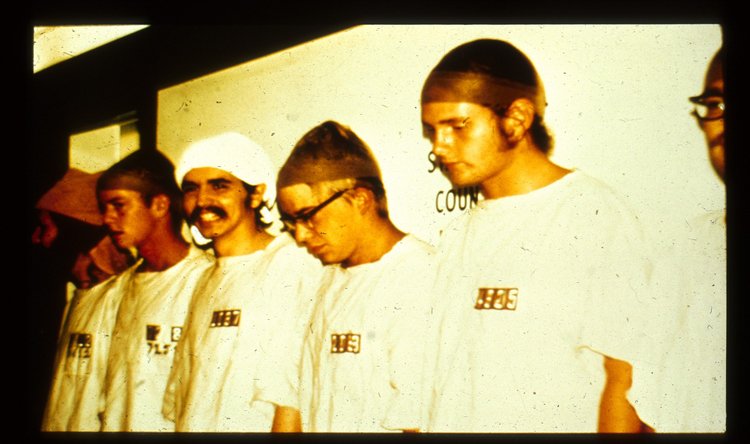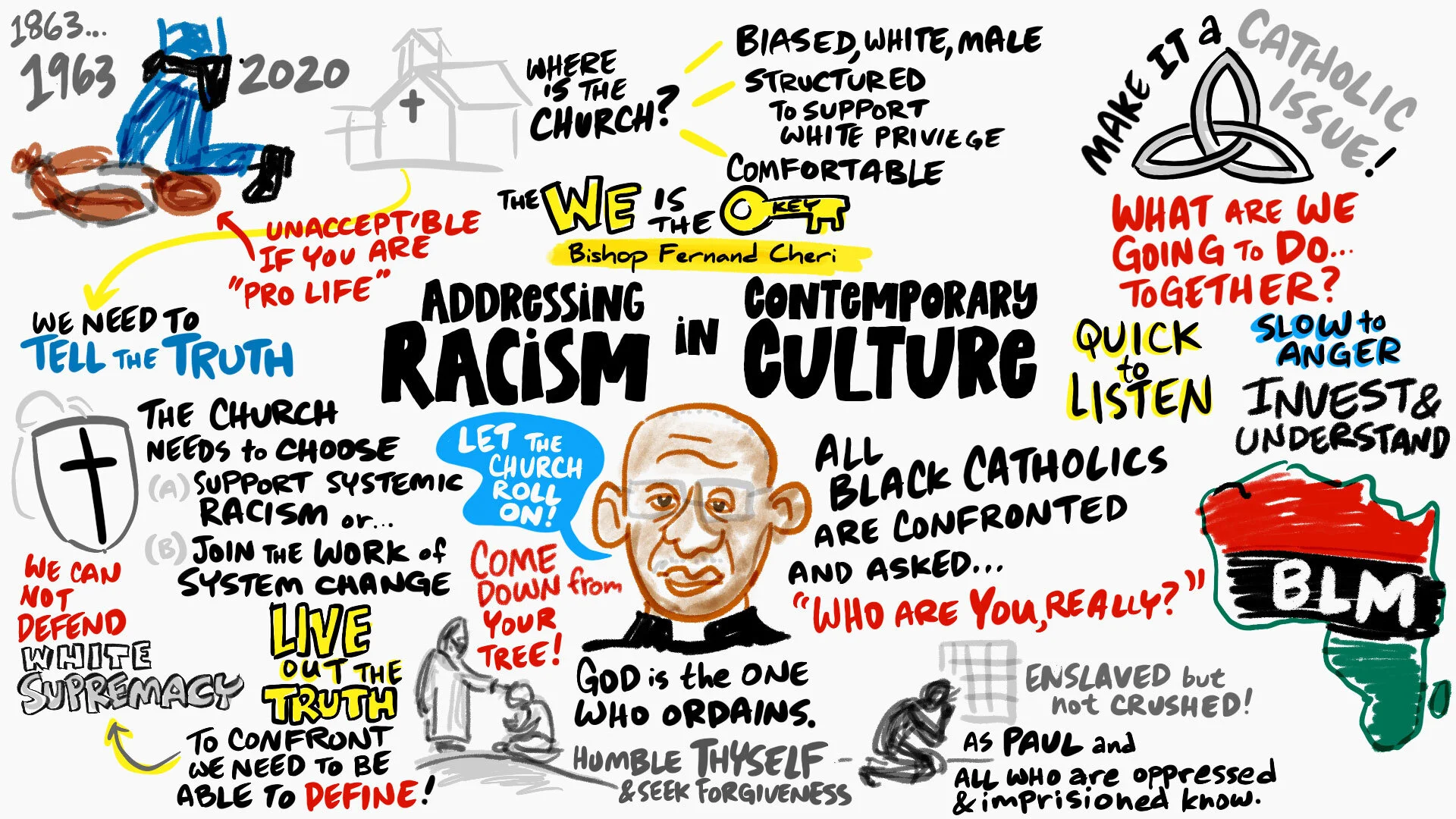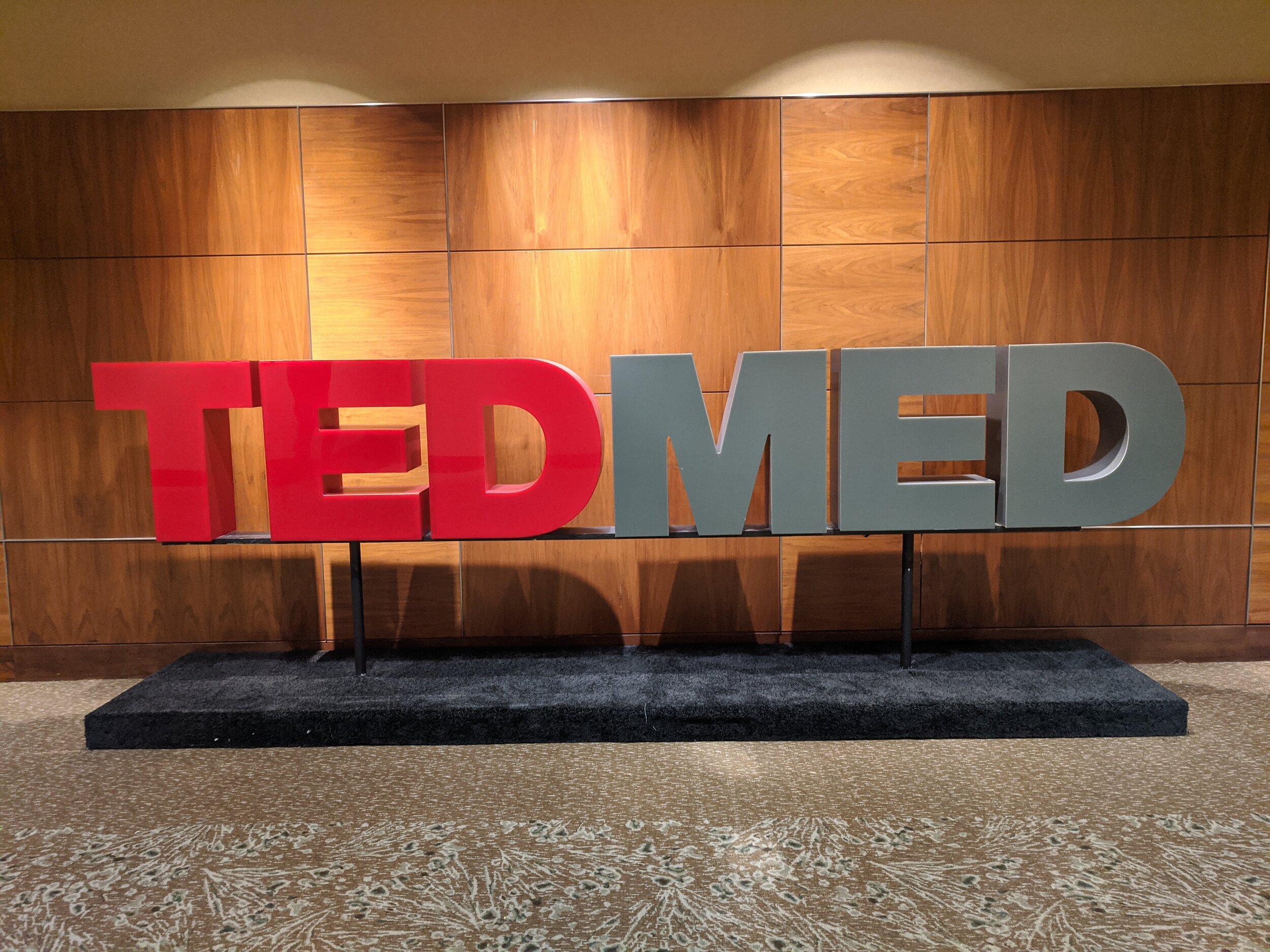Whelp. It's already started.
Politicians are claiming that they know what "The American People" think. They claim intimate understanding of how "The Swing Voter" feels about (fill in the blank... healthcare, campaign finance, gay marriage, etc.).
So, as the messy slog of election year banter, punditry and speculation clogs every media outlet (including, now, this one), I am still baffled by how We, The People actually think.
I'm not intrigued by the what we think (ex. Tort Reform vs. Patient Advocacy), but by the mechanics of the how we feel (morbid despondency vs. cautious optimism).
I'm fascinated by the brain and it's ability to process information, especially visual information. What is more amazing is how the mind maps that information against all the other memories of all our experiences, both past and present. Why even those experiences buried deep in the physical memories of our bodies are involved in the mix.
Why? Because the mind is so much more than the cantaloupe folds of the physical brain and the set of juices and tubes making up the nervous system. Feeling (depression, apprehension, enthusiasm, nostalgia) is so much more than just raw emotion (pleasure, pain, joy, anger, etc.).
What is more, both mind and feeling are so much more than simply the sum of sensory input and data. The cooking of this particular soup involves that magic process of synthesis, of bringing together, that takes place.
It is this process that is so far beyond my powers of comprehension!
To take that process of synthesis to the more complex level of the social or organizational level is even more baffling. It sure can't be described in charts, graphs, or through the consultant's favorite tool of simplification... the Microsoft PowerPoint 2-by-2 matrix!
So, how do groups of people--be they in families or in factories--actually "feel"? Meaning, how do they take in information, add meaning through referencing everything that has happened, and everything that might happen?
I mean, that process happens. It happens everyday, all over, without trying too hard. We are living in that process continuously. But how does it happen? And, how can anyone be aware of what exactly is happening inside that large, messy collective mind? Of collective feeling?
Of course, thousands of consultants, authors, scientists and professors make their careers claiming to have figured that out.
Antonio Dimasio, however, is different. His work is so refreshing, because as a European scientist (originally from Portugal) he writes in English with such a poetic style. Through his writing, a deep reverence for that mystery of the mind is celebrated with every explanation of the feeling of what happens, no matter how technical.
Most of us use facial expressions and body language to gage how our companions are feeling about whatever news we've just given them.
Along with his wife Hanna, Dimasio has spent his career as a neurologist mapping emotion as it ripples across the tangled landscape of the physical brain.
In their lab at the University of Iowa, the Dimasios have access to truly awesome technology. These computers and scanners allow the user to see the emotional storms of human brain--in real time and on screen--like watching an alien weather map.
Damasio has written so beautifully about the brain, the mind and feelings in:
Dimasio mostly focuses on the individual mind. What about this collective mind? Not only does it make decisions based on information and desired goals, but it also possesses an ever-shifting tone, a fluctuating mood, an emotional temperature, attitudes and even energy. Dimasio shows us that the mind even has a colorful aura (think: trippy sceen saver).
Sounds a little fruity, I know. But still, to me it is an infinite mystery. The emotionally charged and divided "Collective Mind of the World" continues to be the Earth's greatest threat. Basically a global warming caused by hot-headness.
To be sure, the mental weather map of The American Voter would look very trippy indeed. And to the frustration of political types, it would remain as impossible to decipher as the weather patterns of Jupiter.








